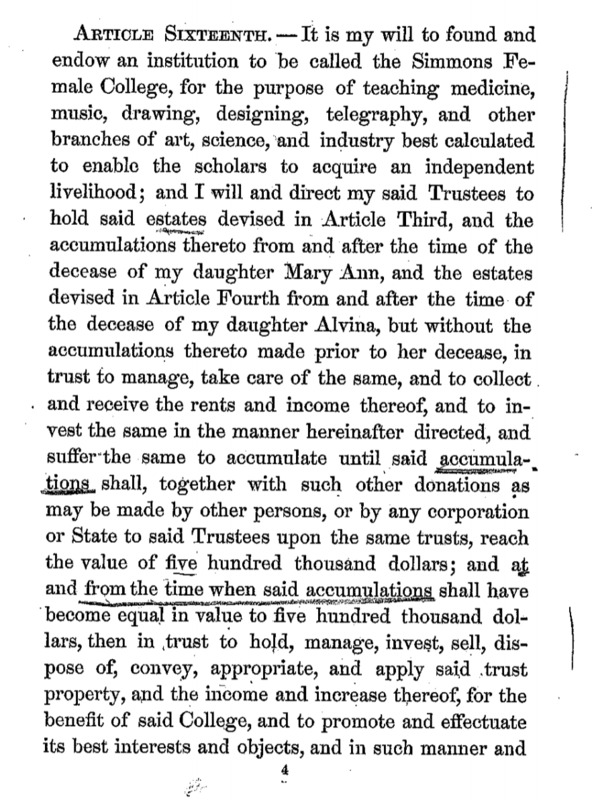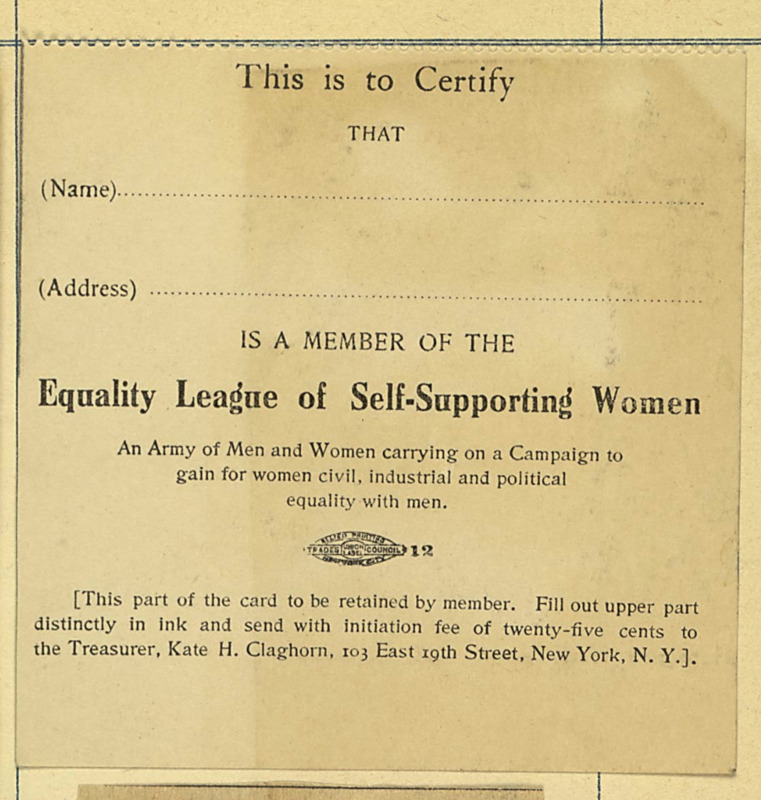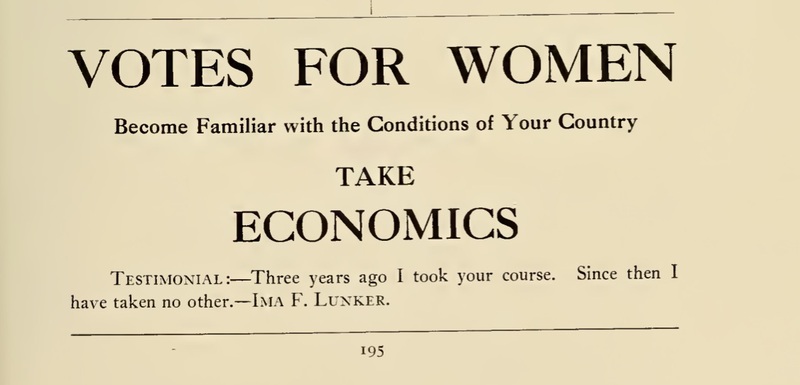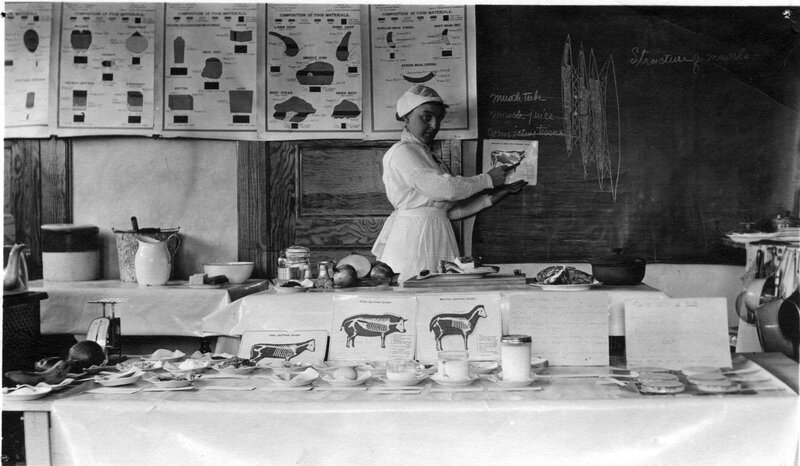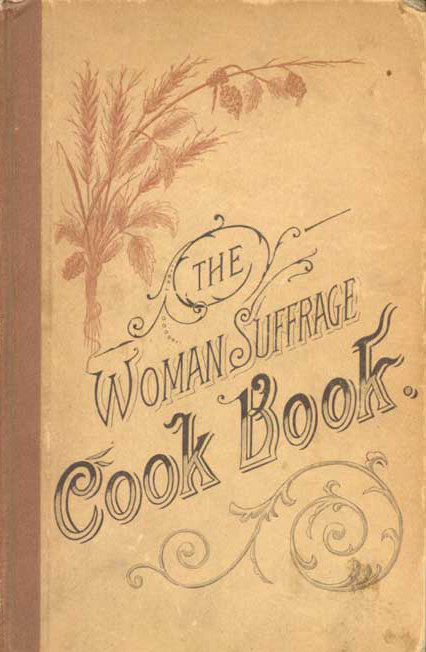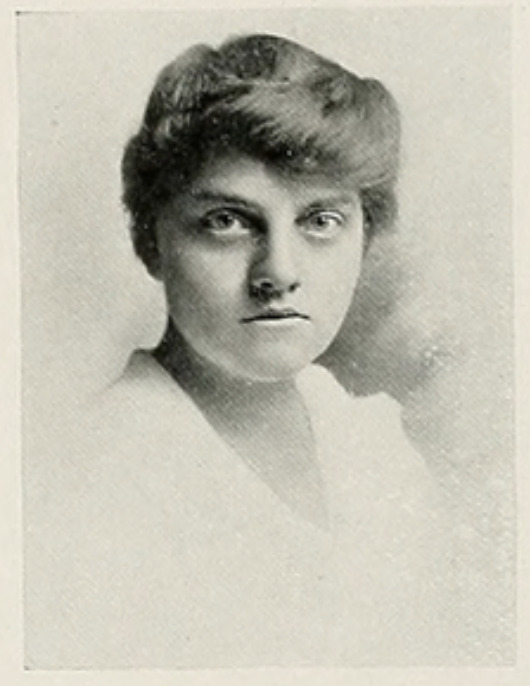The Domestic Radicals of Home Economics and Other Women's Professions
Educating women for "an independent livelihood"
In accordance with founder John Simmons’s will, Simmons College was established in order to educate women, specifically so that they could “acquire an independent livelihood.” In 1900, only 21.2% of all American women worked for wages; together, women comprised just 18.1% of the total U.S. labor force. About half had jobs as domestic servants or unskilled factory workers. White-collar employment, in offices and retail, was beginning to open to women, but usually only white women could gain these positions and they did not pay enough for women to support themselves.
Higher-status professional opportunities for women remained limited at the turn of the twentieth century. Nursing had only recently gained respectable regard with increased expectations of formal education. Women had become a majority of teachers in the course of the 19th century but they worked for low wages in difficult conditions and were fired from their jobs if they married.
The right to vote became an issue of special concern to self-supporting women -- women who had to work to support themselves. They hoped that suffrage would help them achieve not only political but economic equality.
Household Economics and Suffrage
Simmons College created its course of study to prepare students for professions newly welcoming women. First among these was Domestic Science, also called Home Economics or Household Economics. This innovative field was the core of President Levavour’s original plan for the college and Dean Sarah Louise Arnold’s area of expertise. Household economics combined traditionally female domestic concerns with scientific knowledge. Students learned about chemistry and nutrition in kitchen laboratories, for instance, and they scientifically tested the structure of fabrics. The curriculum encompassed management, marketing, art and design, architecture, bacteriology, dietetics, and bookkeeping, as well as general courses in humanities and social sciences.
Pro-Suffrage Faculty and Students
There were pro-suffrage faculty across departments at Simmons, from English to Psychology, Biology to Social Work. But suffragism flourished especially -- and unsurprisingly -- in the School of Household Economics. The first generation of domestic scientists had strong connections to Progressive reform and identified as suffragists. The suffrage movement, in turn, supported the field of home economics and had close ties to home economics departments at universities, such as Cornell. Cookery itself became a political strategy. Suffrage cookbooks, bake sales, fairs, and lunch carts not only raised funds; they showed that suffragists wanted to modernize, not reject, domestic roles.
Dean Sarah Louise Arnold, Director of the School for Household Economics from 1903 to 1912, was one of the most active suffragists on the Simmons faculty, even though the college never directly referenced her political activism in any official communications.
Domestic science students like Arabelle Parnell and Helen Morrill Baker imbibed the suffrage spirit. Katherine Hobart, class of 1916, was outspoken about her belief in equal suffrage. “‘If the men vote, why not the women?’” her classmates recalled her saying, “‘Forward, sisters, to the ballot!’”
The 1917 yearbook declared Nellie Gertrude Dunmore a “suffragette” through and through: “Rumor has it that she wore out five pairs of shoes last year in the suffrage campaign. She delights in holding ‘Votes for Women’ banners on the street corners.”
